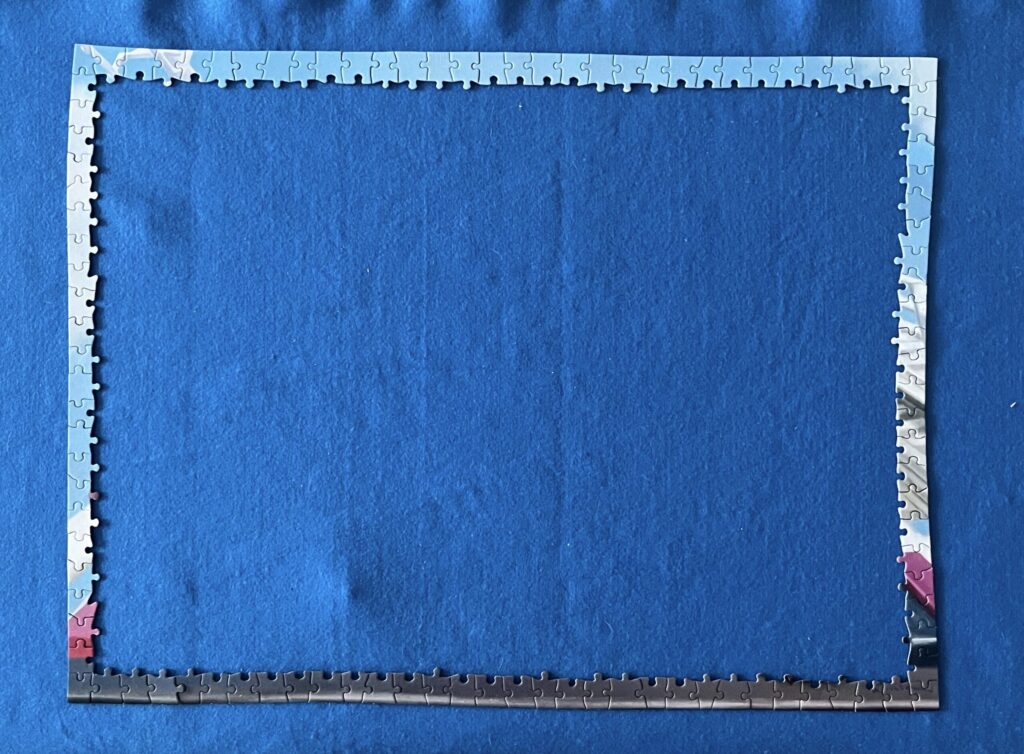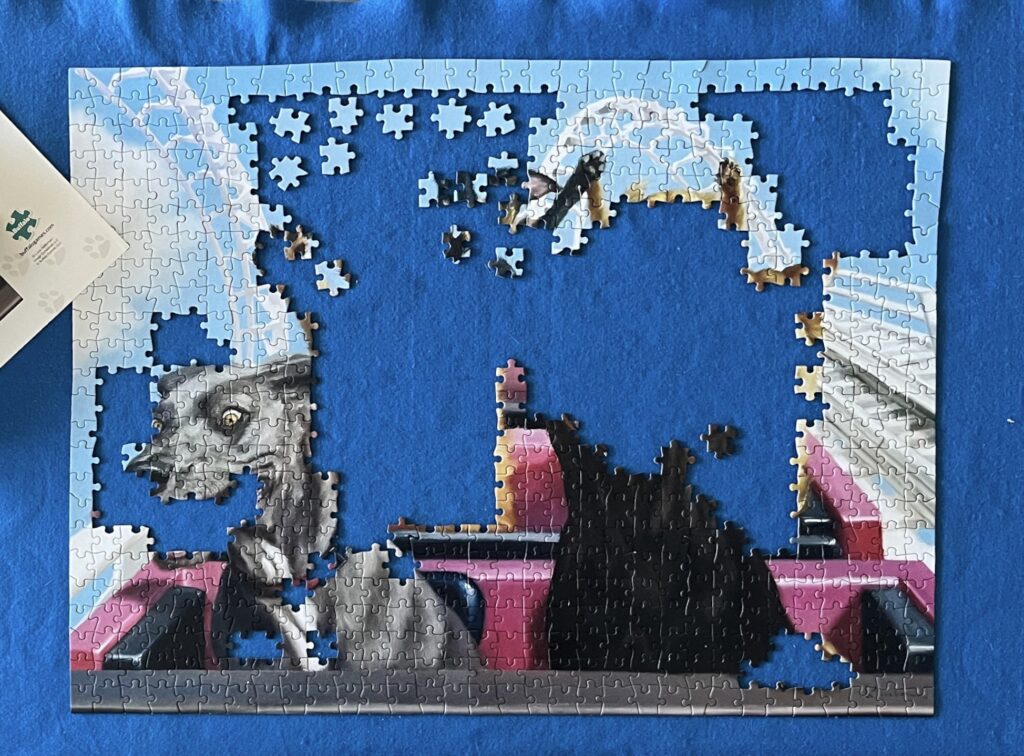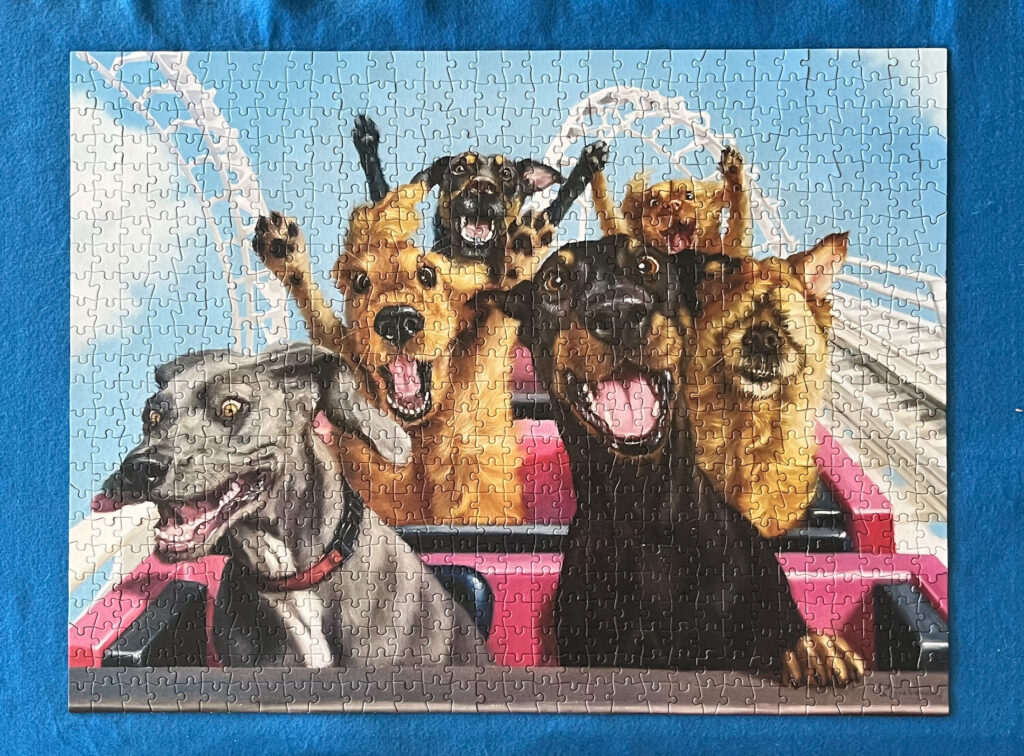Hobby Hole: Jigsaw puzzles
Despite what you may have heard, puzzles are not just for kids and grandmas.
 Leah Hennig
Leah HennigI hadn’t done a jigsaw puzzle in ages until the COVID-19 pandemic hit. Once I started, I couldn’t seem to stop doing them. Puzzles are a low commitment hobby — they don’t require many supplies, and you can devote as much time you want. They’re even beneficial to our memory, productivity, and mental health.
A great thing about puzzles is that all you really need to get started is a puzzle and a flat surface. I usually use my table, but even the floor can work. You can find puzzles for cheap at second- hand stores or Dollarama. Or, you can borrow them from friends and family. There’s even Facebook groups where you can trade puzzles with people in Edmonton.
Puzzles range in difficulty and appearance, which makes them an incredibly versatile hobby. There are puzzles of everything, from movie posters to picturesque landscapes. Difficulty changes, as well — you can do a 200-piece puzzle or a 60,000-piece one.
If you want to get fancy, you can get trays to sort pieces on, a puzzle scoop to move sections, or a puzzle mat. I personally love my roll-up puzzle mat because it allows me to put the puzzle away when I need the space on my table. You can buy one or make it yourself, but it’s not necessary to have a fun time.
Once you find a puzzle you like and a place to do it, put on some music, a show, or an audiobook and get started. I chose a 750-piece puzzle of dogs on a roller coaster and completed it over the course of a week.
Puzzle strategies
The first step to any puzzle is sorting the pieces. I use puzzle boxes, but trays or just the surface you’re doing the puzzle on works too. It’s not an exact science — the most important thing is to find your edge pieces and make sure all of the pieces are face up.
I like to sort pieces by colours or subjects. I recommend keeping the four corner pieces separate from the rest of the edge pieces to make it easier to find them once you’re done sorting.
Typically there is an image of the puzzle on the box or there’s a poster inside. This image will be your best friend — keep it nearby to refer back to.
Once you find all your edge pieces and have the rest sorted, you’ll want to start with the edge of the puzzle. I will usually take my four corners and use the puzzle image to place them on my table and work from there.
After the edge of the puzzle is complete, I choose a section to start putting together. I typically start with what I think will be the easiest, leaving the harder parts for later.
I like to go section by section. Sometimes there’s some overlap in sections, which leads me to the next section. I put the nearby clouds together, then the roller coaster car, followed by the grey and black dog.
You don’t always have to fit pieces together to place them on the puzzle. Using the puzzle image, sometimes you will be able to see where in the puzzle a piece will go. You can place that piece in the relative area you think it belongs. Doing this gives you another place to work from.
I went on to do the rest of the dogs and left the sky for the end. Leaving the harder parts for last means that you don’t have to depend solely on the image — you also have the shape of the pieces on the edges. At this point, it may be helpful to even re-sort your pieces by shape to make it easier.
And then it’s complete! Sit back and admire your work before taking it apart and starting another one. If you’re totally in love with your puzzle, you can even glue it together and put it on display.







